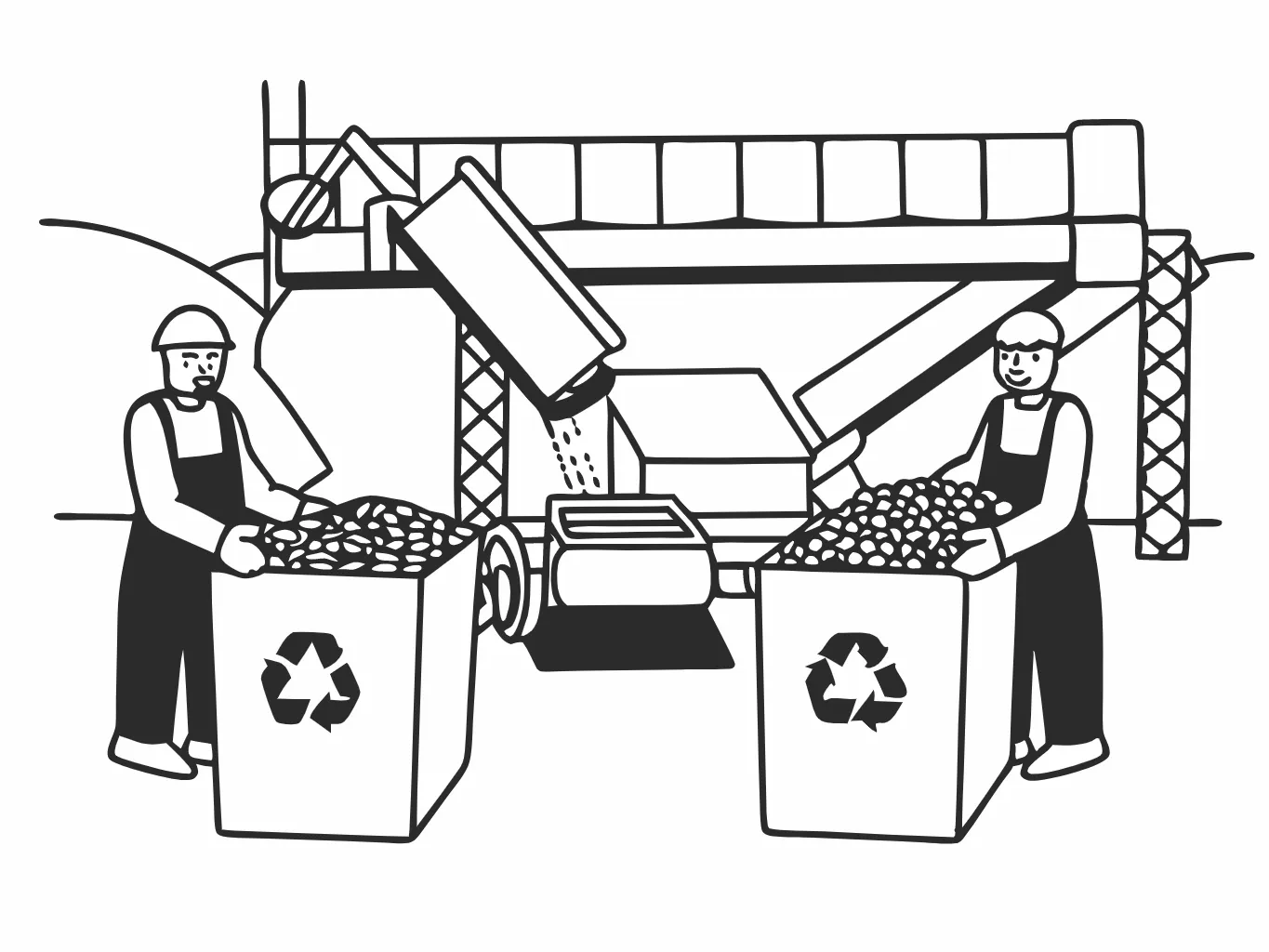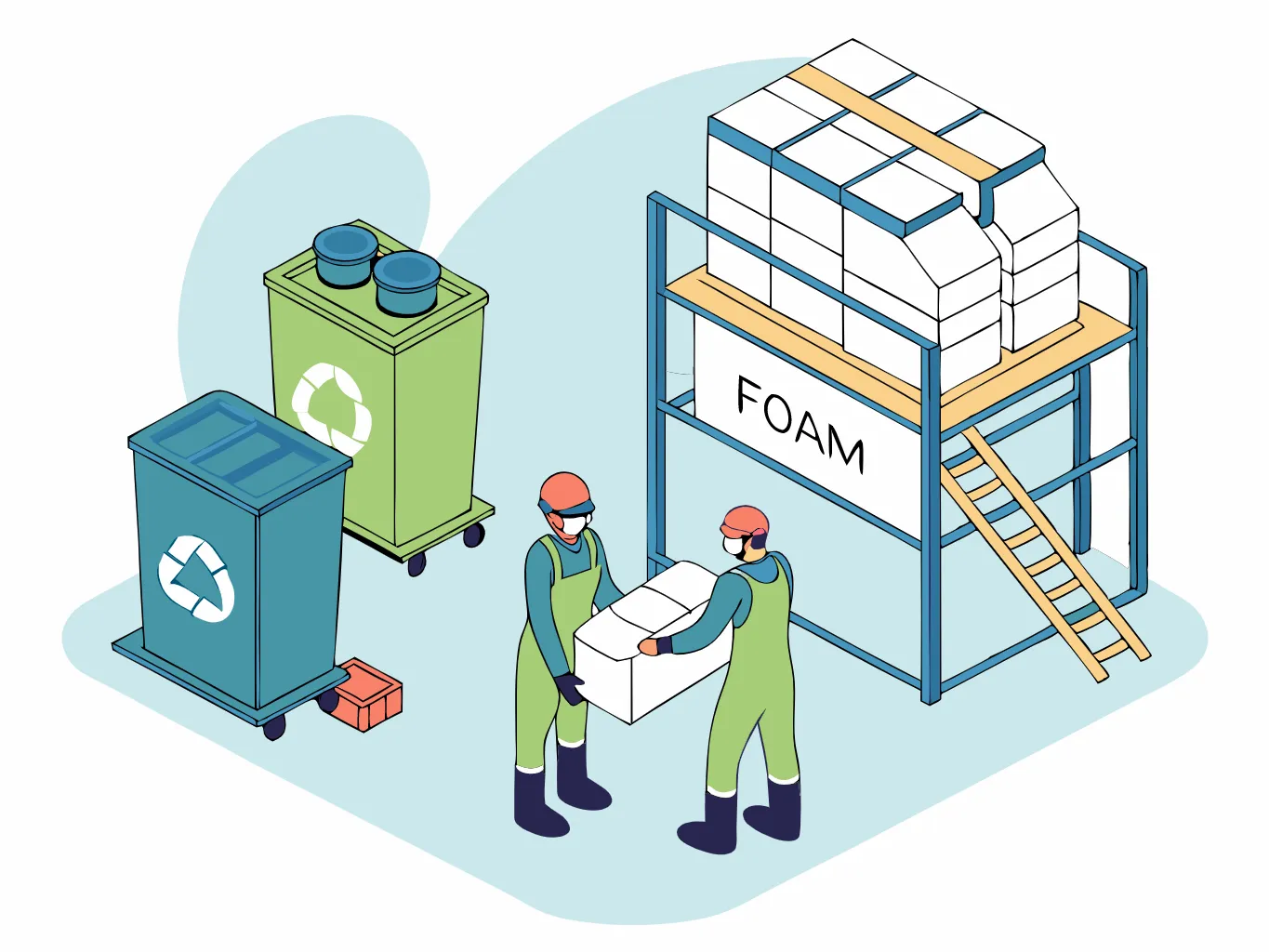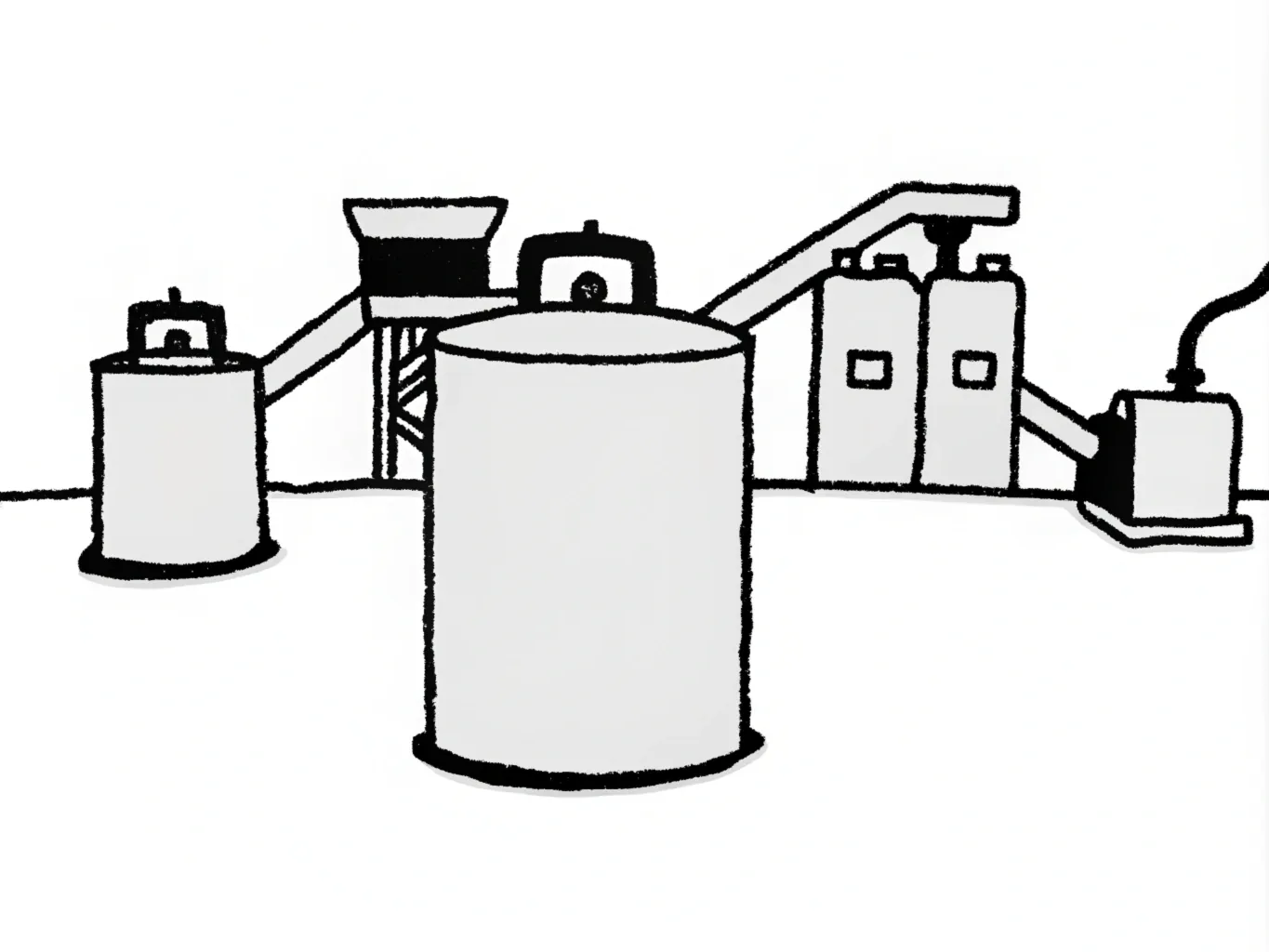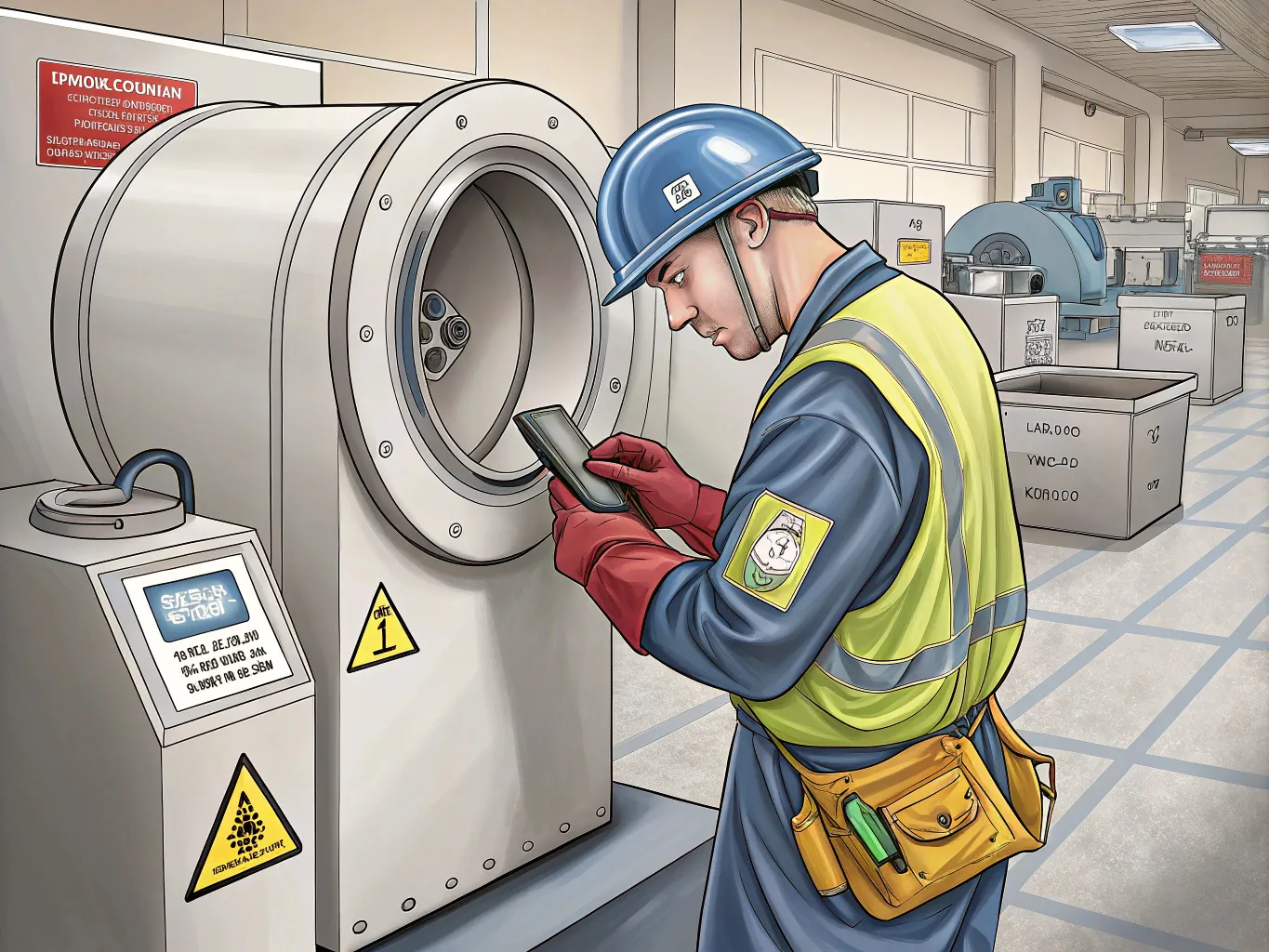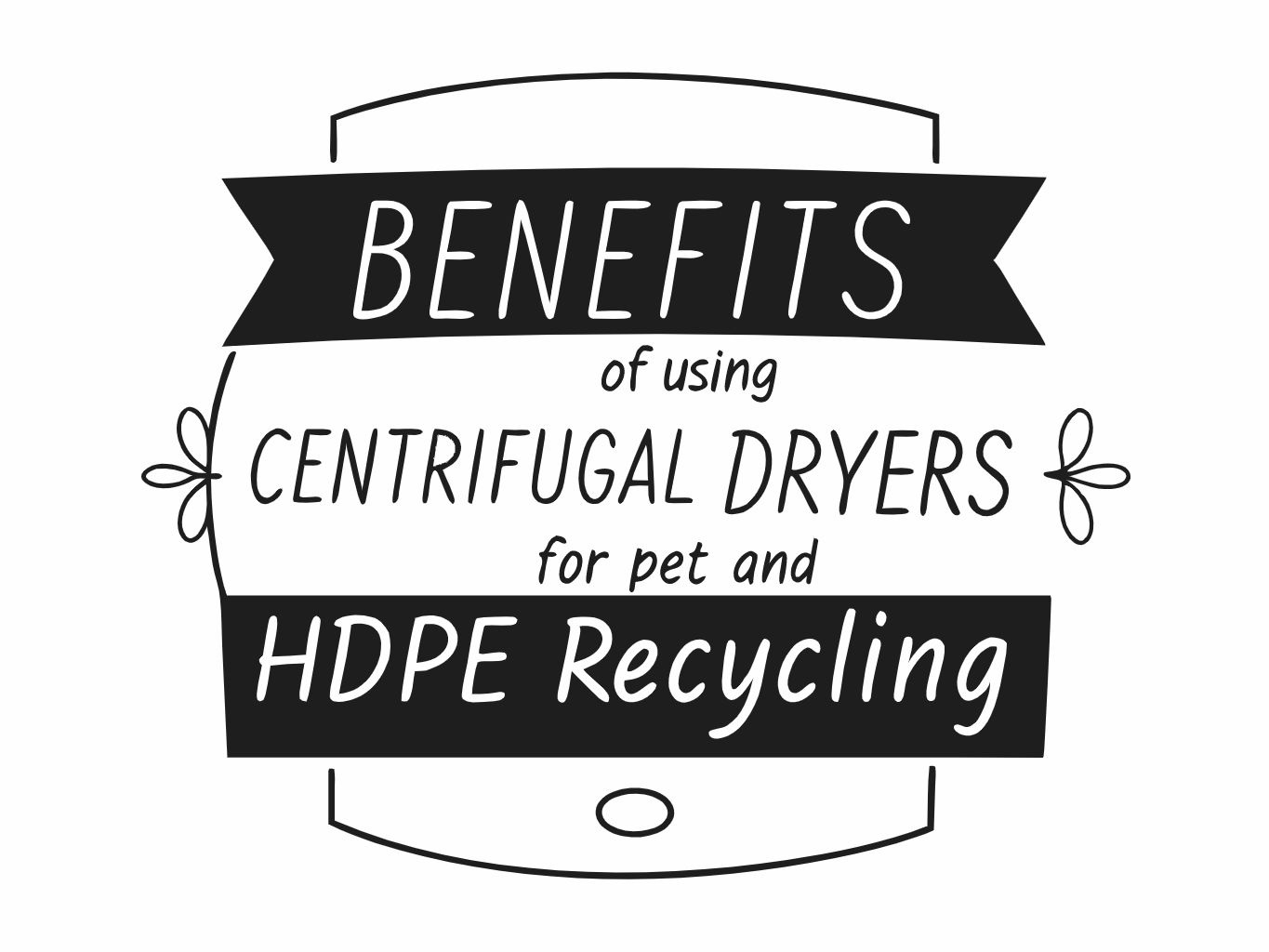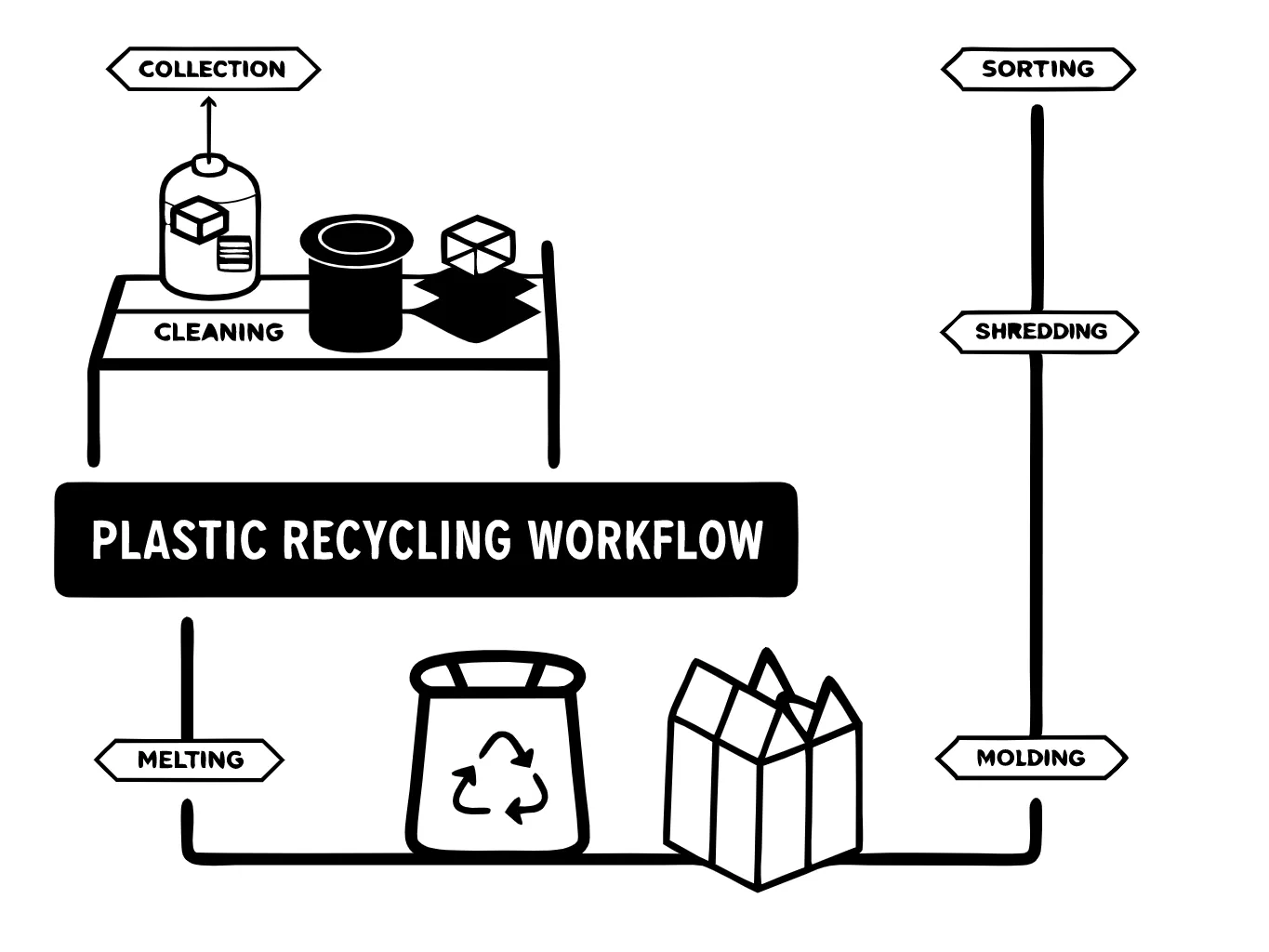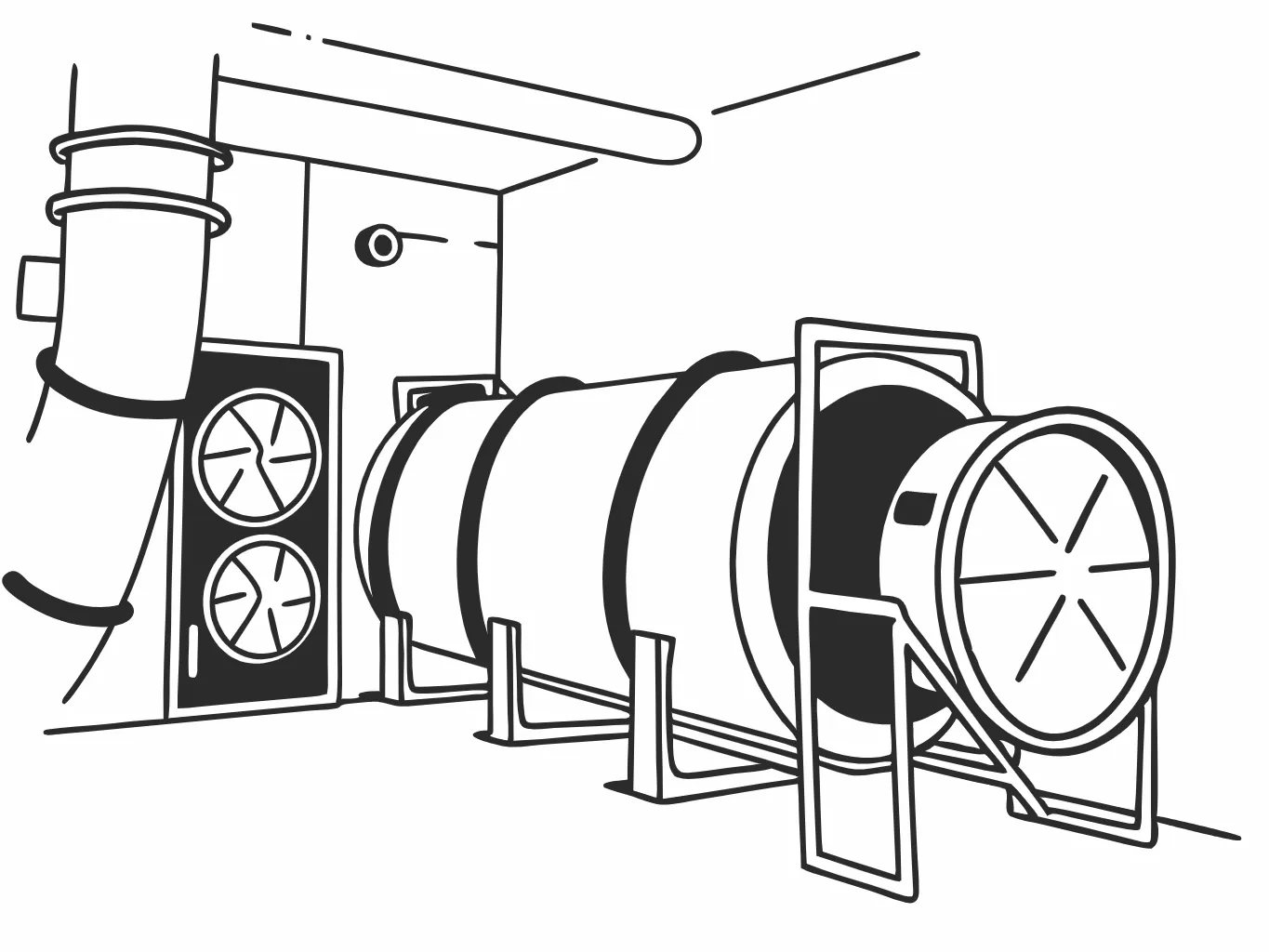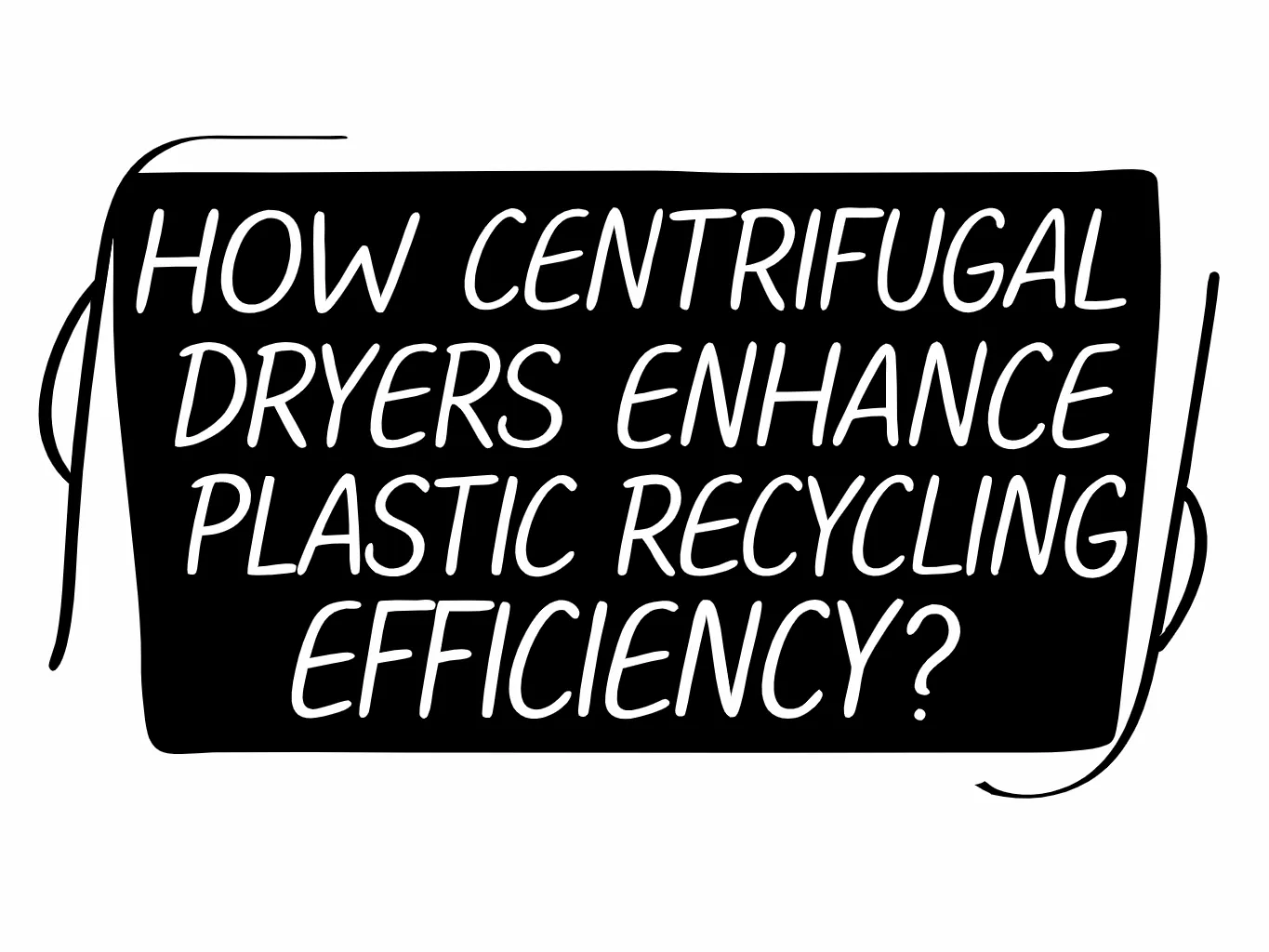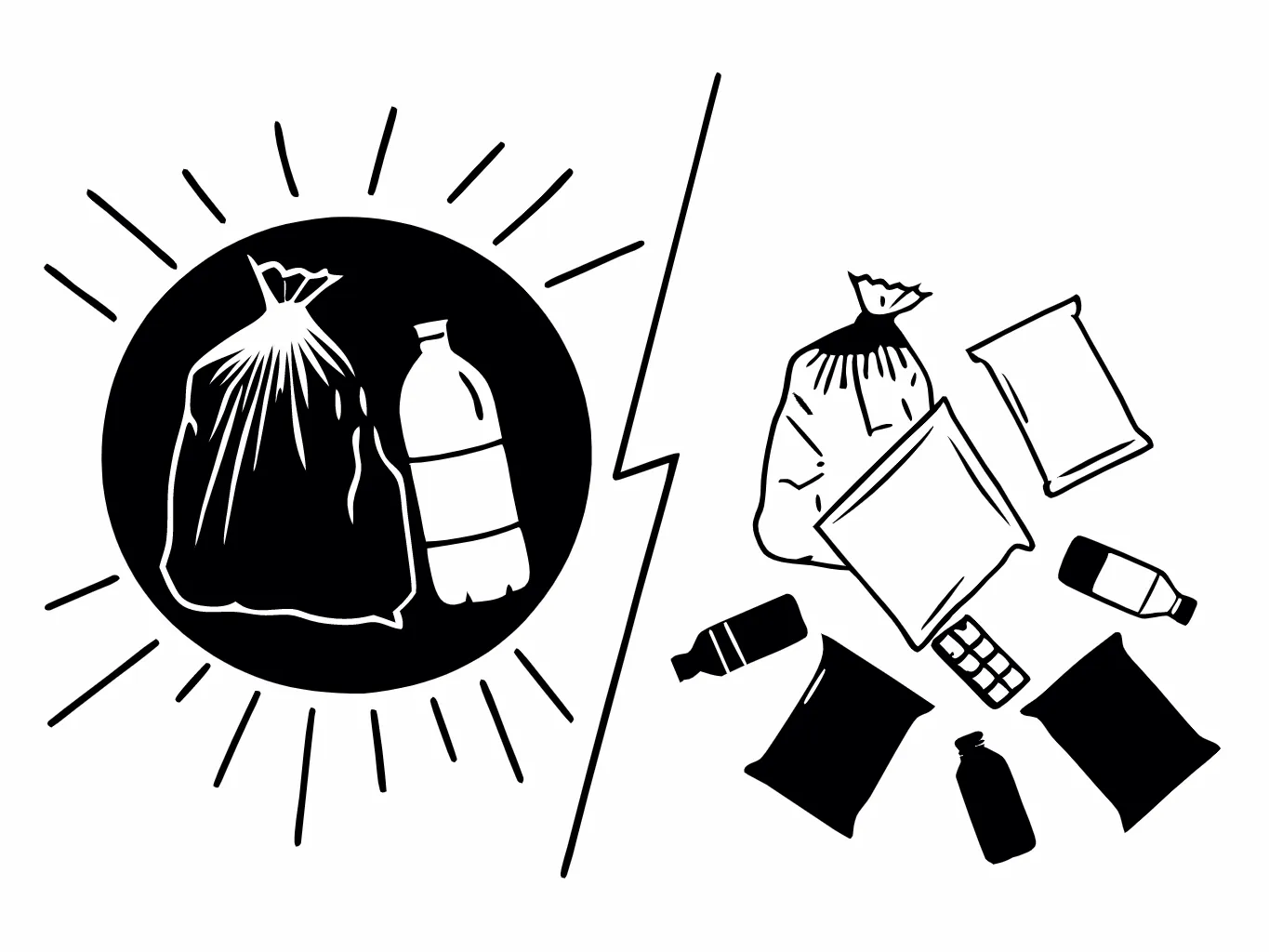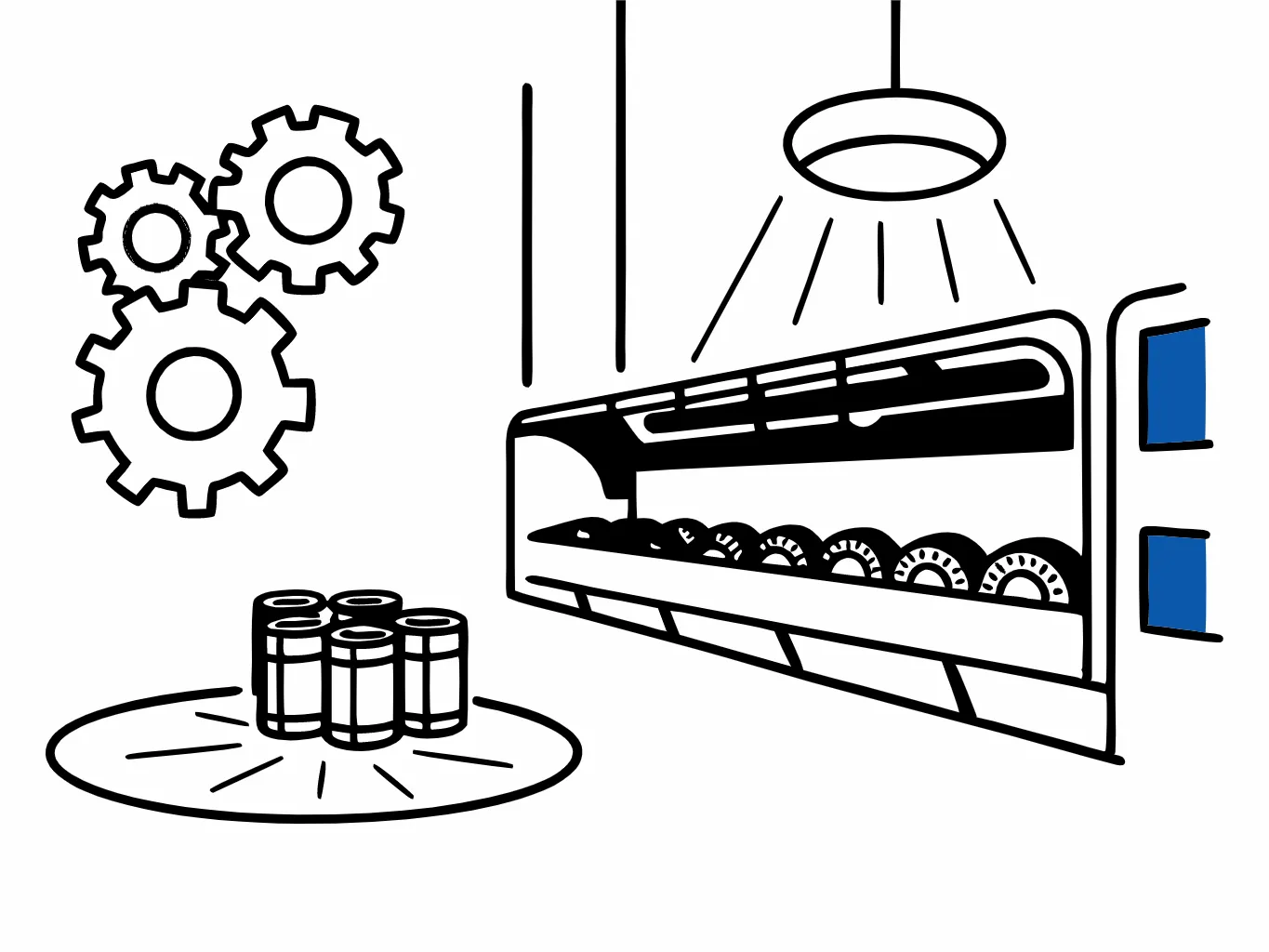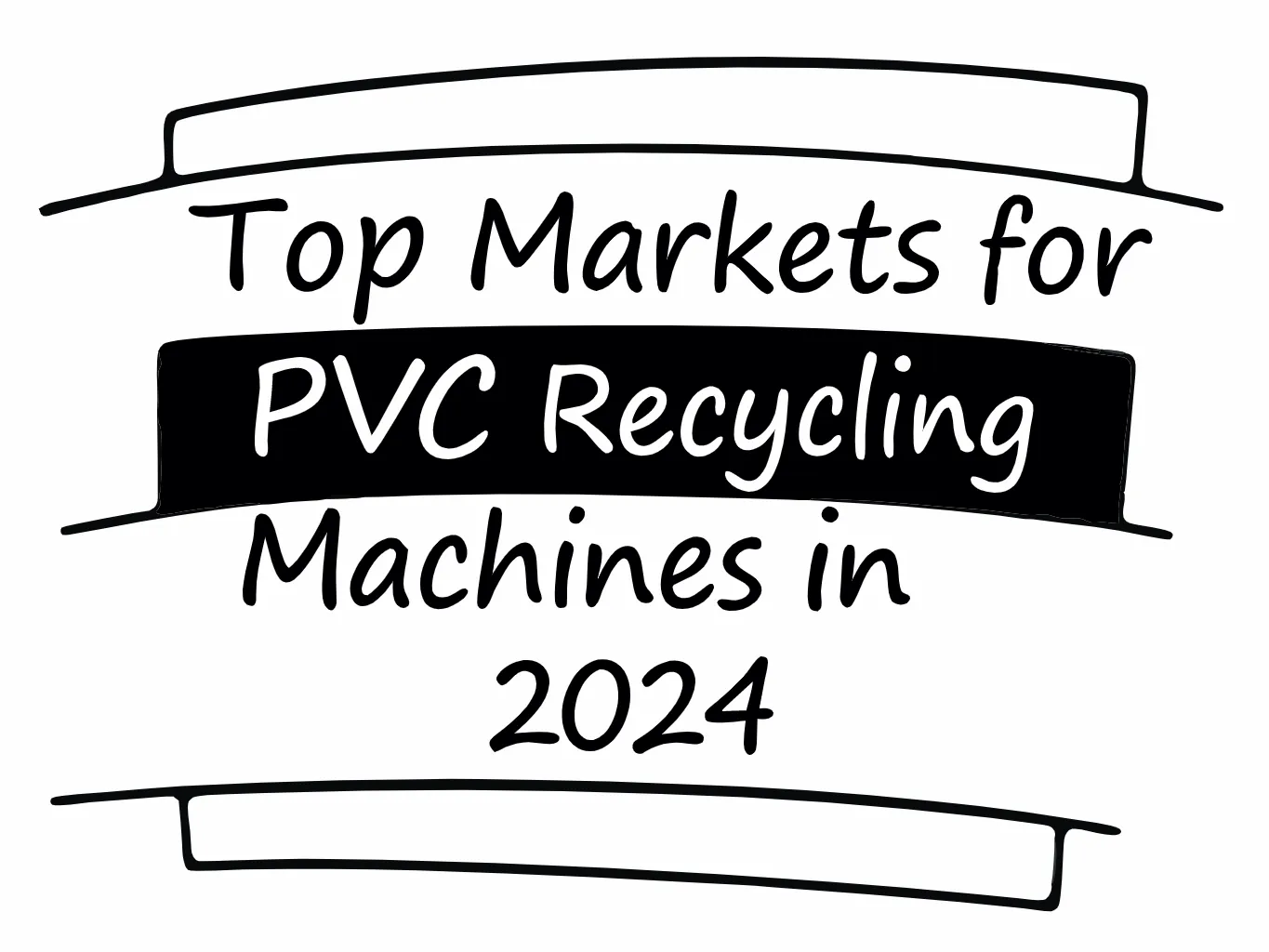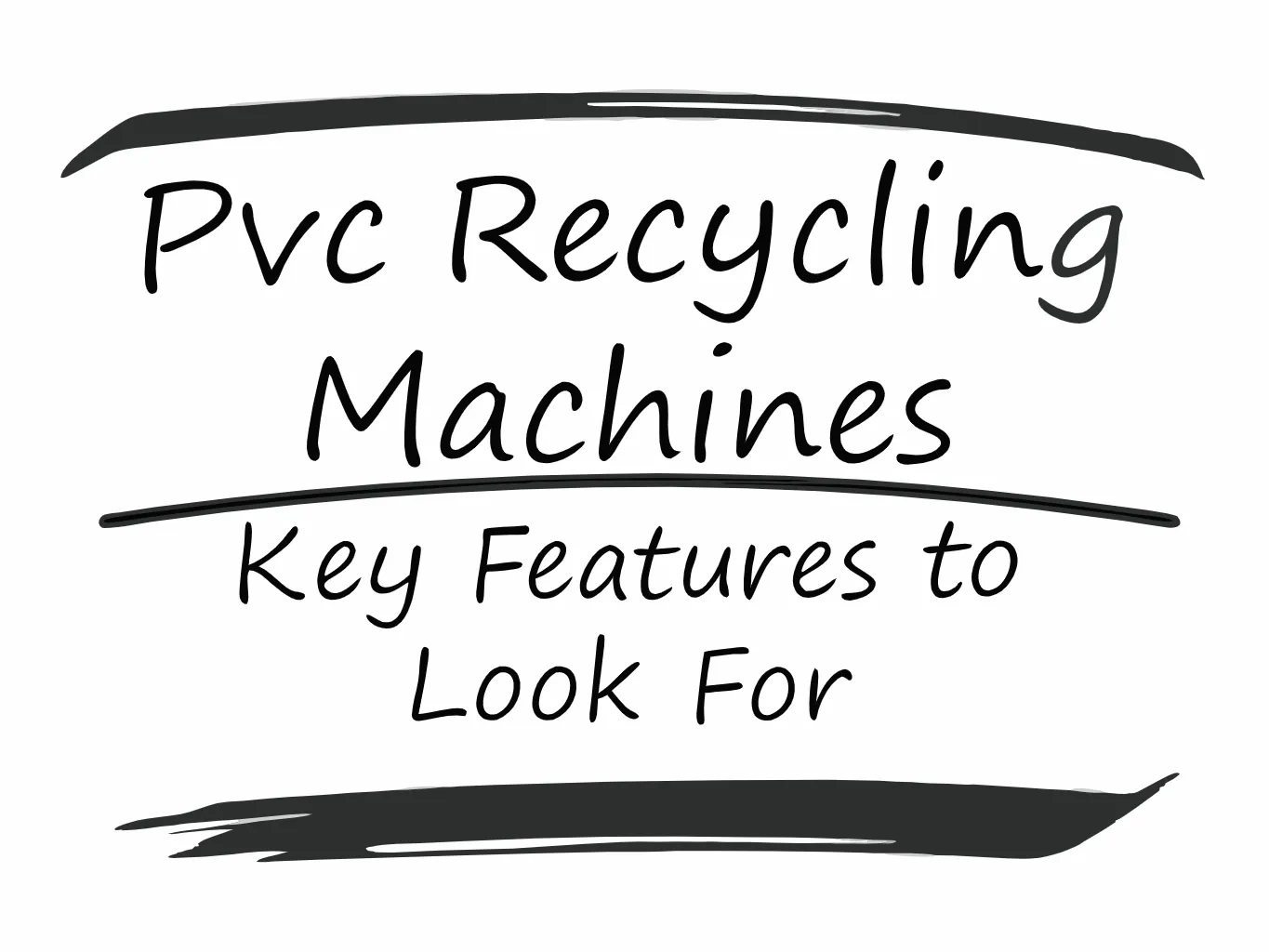Вести о рециклажи
Polystyrene, commonly found in products like foam cups, take-out containers, packaging materials, and disposable cutlery, is one of the most widely used yet environmentally problematic plastics in the world. Though convenient for consumers, the impact of polystyrene on our environment has been significant, especially since it’s non-biodegradable and accumulates in landfills and oceans. Recycling polystyrene, however, offers an effective solution to mitigate these environmental concerns.
Foam recycling machines transform bulky foam waste into manageable, reusable materials. The core process involves several key steps:
What Are Centrifugal Dryers?
Centrifugal dryers are specialized machines used in the plastic recycling industry to separate and dry plastic materials. They leverage the power of centrifugal force to remove moisture from plastic granules or flakes after washing processes, ensuring that the recycled plastic is dry enough for further processing or melting.
Centrifugal dryers play a critical role in plastic recycling by efficiently removing moisture from plastic pellets, flakes, or regrind. Proper maintenance and care are essential to ensure these machines operate at peak performance and last for years. Neglecting maintenance can lead to costly repairs, downtime, and reduced efficiency. Below, we outline practical tips to help you maximize the lifespan of your centrifugal dryer.
Centrifugal dryers play a critical role in the plastic recycling process, particularly for materials like PET (polyethylene terephthalate) and HDPE (high-density polyethylene). These dryers are designed to remove moisture efficiently, ensuring that recycled plastics meet quality standards for reuse in manufacturing. Below, we’ll explore why centrifugal dryers are especially effective for PET and HDPE recycling, how they work, and the key benefits they offer.
Integrating a центрифугална сушача into your plastic recycling workflow can significantly improve efficiency, reduce drying time, and lower energy costs. Centrifugal dryers are essential for removing moisture from plastic pellets, flakes, or regrind after washing. To maximize their benefits, you need a clear strategy for installation, operation, and maintenance. This guide explains how to seamlessly incorporate a centrifugal dryer into your recycling process.
In industrial drying processes, choosing the right method can significantly impact energy consumption and operational efficiency. Two common drying methods are mechanical centrifugal drying and air drying. Understanding the energy input required for each can help businesses make informed decisions that optimize both cost and performance.
Centrifugal dryers play a crucial role in improving the efficiency of plastic recycling operations. These machines are designed to remove excess moisture, contaminants, and residues from plastic materials, enhancing the quality of recycled plastic and increasing the overall productivity of the recycling process.
Plastic recycling is a vital aspect of managing waste and promoting sustainability. However, not all plastics are recycled in the same way. The two main categories—rigid and flexible plastics—differ in both their processing methods and end uses. In this guide, we’ll compare the recycling technologies for both types, providing insights into their unique challenges and the future of plastic recycling.
PVC recycling machines are crucial for turning waste plastic into valuable recycled material. To keep them running efficiently and ensure a long service life, regular maintenance is essential. Proper care can also prevent costly repairs, improve performance, and minimize downtime. Here’s a practical guide on maintaining PVC recycling machines for maximum durability.
PVC (polyvinyl chloride) recycling is crucial for sustainable waste management and is becoming more prominent as industries focus on reducing environmental impact. In 2024, PVC recycling machines are in demand across various sectors that generate large amounts of PVC waste. The following are the top markets for these machines and why they are key to driving this growth.
PVC (Polyvinyl Chloride) recycling plays a crucial role in reducing environmental impact and meeting global sustainability goals. The demand for recycled PVC is steadily increasing as industries seek more sustainable production methods. A key component of PVC recycling is the machinery used to process the material. Choosing the right PVC recycling machine is vital for ensuring efficiency, cost-effectiveness, and environmental benefits.



